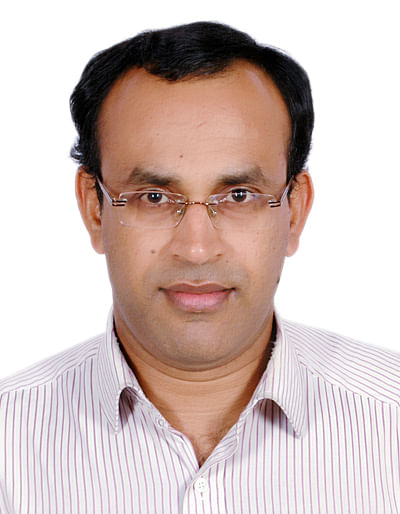Discom debt, a major cause of worry
Amid the NDA government’s several policy initiatives to improve the power sector, revival of crisis-hit electricity distribution companies or Discoms will be the biggest challenge for the government and to ensure optimum utilisation of the installed capacities of electricity generators.
According to the Power Ministry data, the overall plant load factor (PLF) (or the proportion of capacity utilisation) was 66.31 per cent this fiscal till November. PLF is low because discoms are not able to buy power and generators are running their plants at lower PLF because power cannot be stored.
The Ministry of Power recently launched UDAY (Ujwal Discom Assurance Yojna) scheme to ease the financial crunch faced by power distribution companies with measures to cut power thefts and align consumer tariff with cost of generating electricity.
With the accumulated debt of the discoms in the country crossing over Rs 4.3 lakh crore, the states were virtually struggling to purchase power to distribute to consumers despite the availability in the market. The UDAY scheme, which is dubbed as a game changer, aims to help discoms' debts only after the states, discoms and the Centre ink MoUs for availing benefits under the programme.
The scheme hopes discoms will break-even in the next 2-3 years through four initiatives -— improving operational efficiencies, reducing power costs, decreasing interest cost of Discoms and enforcing financial discipline on Discoms through alignment with state finances.
Aiming to provide round-the-clock power to rural house hold and cut down pilferage, the government had also announced its ambitious Rs 75, 645-crore project which included supplying separate electricity through separate feeders for agricultural and rural domestic consumption and strengthening sub-transmission and distribution systems. Through these two schemes, the government plans to reduce transmission losses by 5 per cent, against the national average around 27 per cent by 2019.
With the focus on renewable energy, the government has rolled out an ambitious programme to push clean energy in 2015. Another key issue before the government is setting up power transmission network and announcing new electricity tariff to boost the clean energy sector.
While the Ministry of Power has started the process of auctioning transmission projects worth Rs 1 lakh crore during this fiscal, a new electricity tariff policy aiming to improve regulatory mechanism of discoms is expected to be announced next month. The government is also working on auctioning four ultra mega thermal power project -Cheyyur (in Tamil Nadu) and Bedabahal (in Odisha), Banka in Bihar and one in Jharkhand by March 2016.
Overall plant load factor (or the proportion of capacity utilisation) was 66.31 per cent this fiscal till November. The PLF is low because discoms are not able to buy power and generators are running their plants at lower PLF because power cannot be stored
Ministry of Power recently launched UDAY (Ujwal Discom Assurance Yojna) scheme to ease the financial crunch faced by power distribution companies with measures to cut power thefts and align consumer tariff with cost of generating electricity
With the accumulated debt of the discoms in the country crossing over Rs 4.3 lakh crore, the states were virtually struggling to purchase the power to distribute to consumers despite the availability in the market
UDAY scheme, which is dubbed as game changer, aims to hep discoms' debts only after the states, discoms and the Centre ink MoUs for availing benefits under the programme
The scheme hopes discoms will break-even in the next 2-3 years through four initiatives — improving operational efficiencies, reducing power costs, decreasing interest cost of Discoms and enforcing financial discipline on Discoms through alignment with state finances.
Government also announced its ambitious Rs 75, 645-crore project which included supplying separate electricity through separate feeders for agricultural and rural domestic consumption
